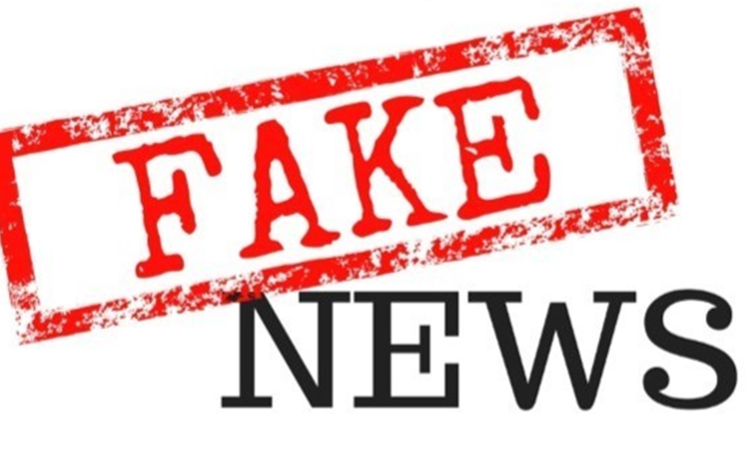Professional communicators and story tellers now walk a fine line when it comes to balancing the bait of attention grabbing headlines. They are faced with a challenge that is constantly sharpened by an increase in news media distrust and a booming of different content styles and channels; a phenomenon called ‘fake news’. The phrase has been a common saying throughout all media outlets and angry social media posts, with the issue growing as a controversial subject across the world.
Listen to what the world is saying
A Pew survey found that only 11 percent of Americans trust the news that they see on social media. The 2017 Digital News Report released by University of Canberra states that most Australians (56%) say they avoid the news because it has a negative effect on their mood.
So, how can PR professionals deal with “fake news” when it affects their clients? A PR agencies’ strengths are the relationships they build and their ideas, so they must learn to understand how journalists and influencers think. This will help shape solid, long-term relationships so that they can be regarded as trusted sources and not time-wasters. Crisis communication must now be an area of expertise for all public relations professionals in this era of fake news. The future of news credibility is critically at risk, and a PR agent’s job of placing their clients into the news cycle to build their brand image is threatened.

How to approach in the future
To tackle any crisis or issues that may come forward in the future, PR pros must always be prepared. There are many ways of getting your client prepared for fake news attacks. A couple examples can be conducting a reputation audit, assessing public perception, target audience, and if any, opponents. Social media response protocols and threats analysis are also good options to fall back on.
Acting quickly has never been so important when fake news strikes your company. As professional consultants, you must be careful not to give the issue credibility. Alert all stakeholders and if possible, take the issue offline. If you must respond publicly, provide regular updates online through social media posts, blog posts, video or press release outlining your position but be careful to not give the topic oxygen. When the news issue is over, and things die down, creating a crisis report and honest assessment with your workers will help prevent future similar crisis from happening again.

What to take away…
Let us remind you that fake news is not new, it is known by other names such as “hoax” and “propaganda” but this does not mean that it is not growing as a trend. It is up to PR professionals to use all the tools in their reach to target their intended publics, and remember – credibility always matters.
Written by Anokina Benjamin




